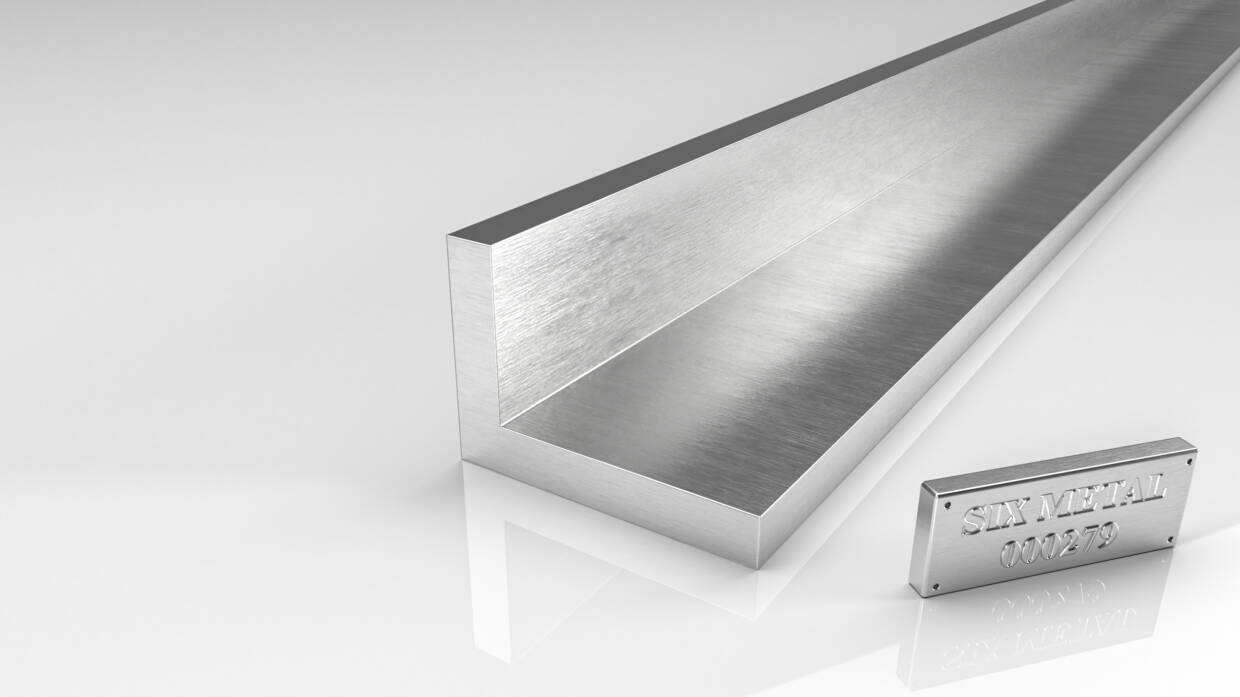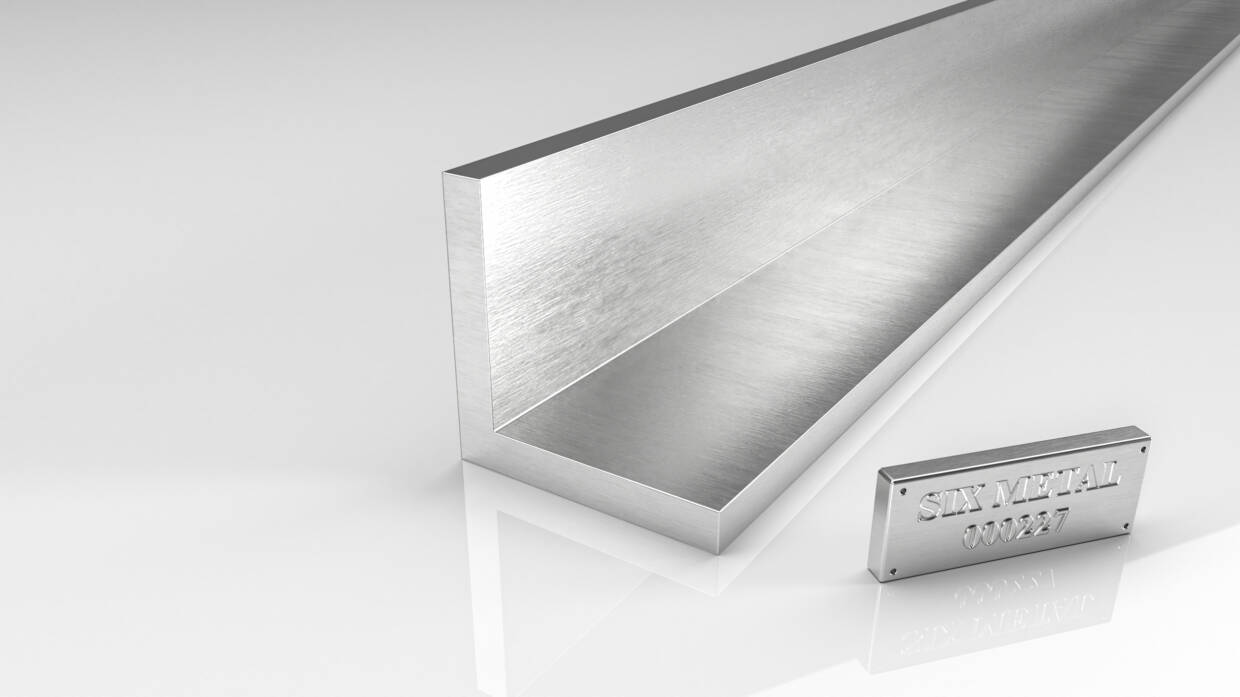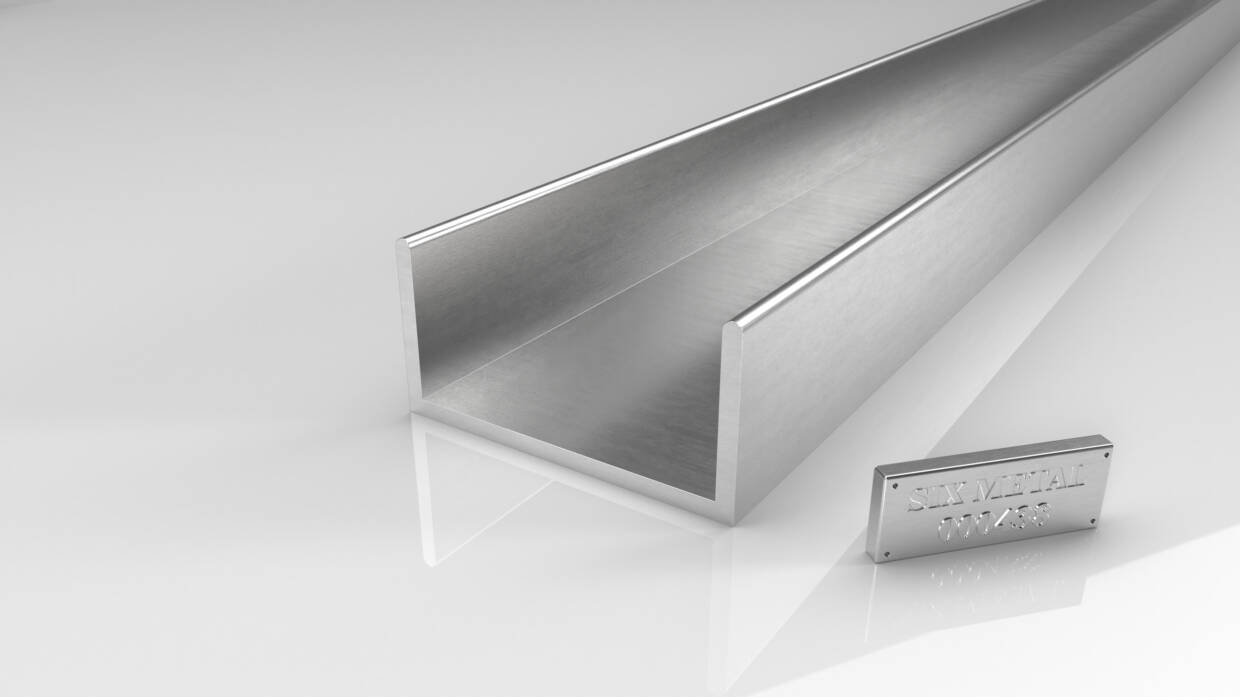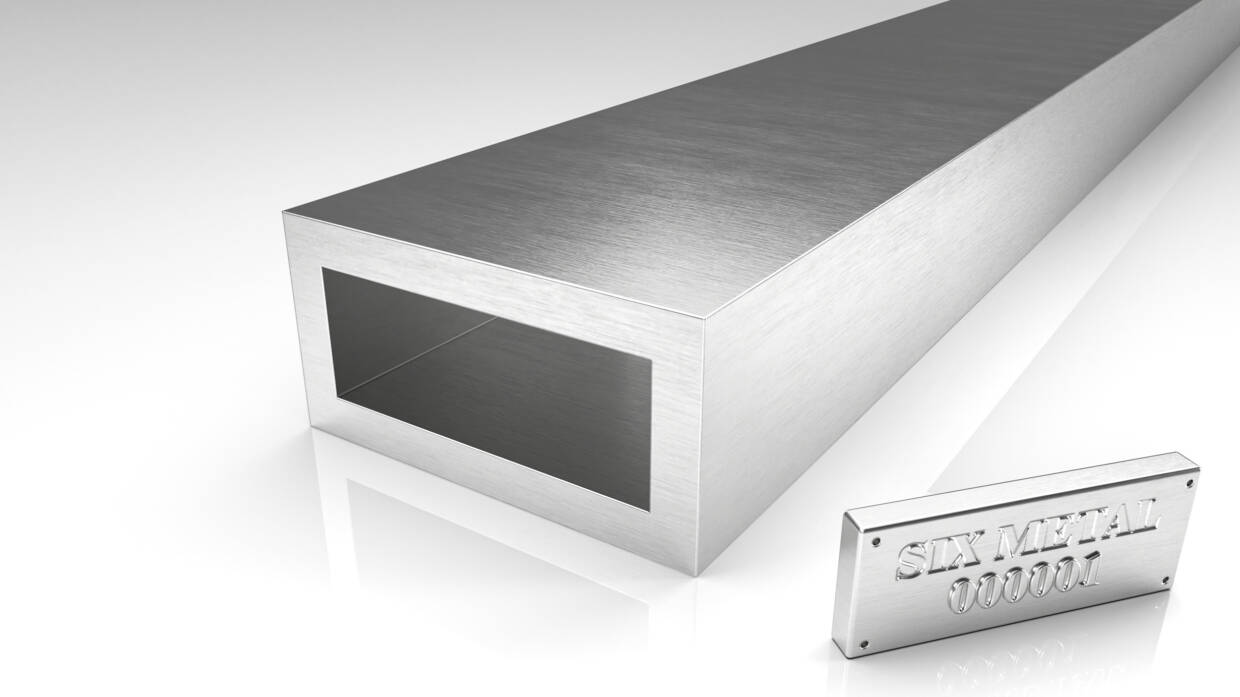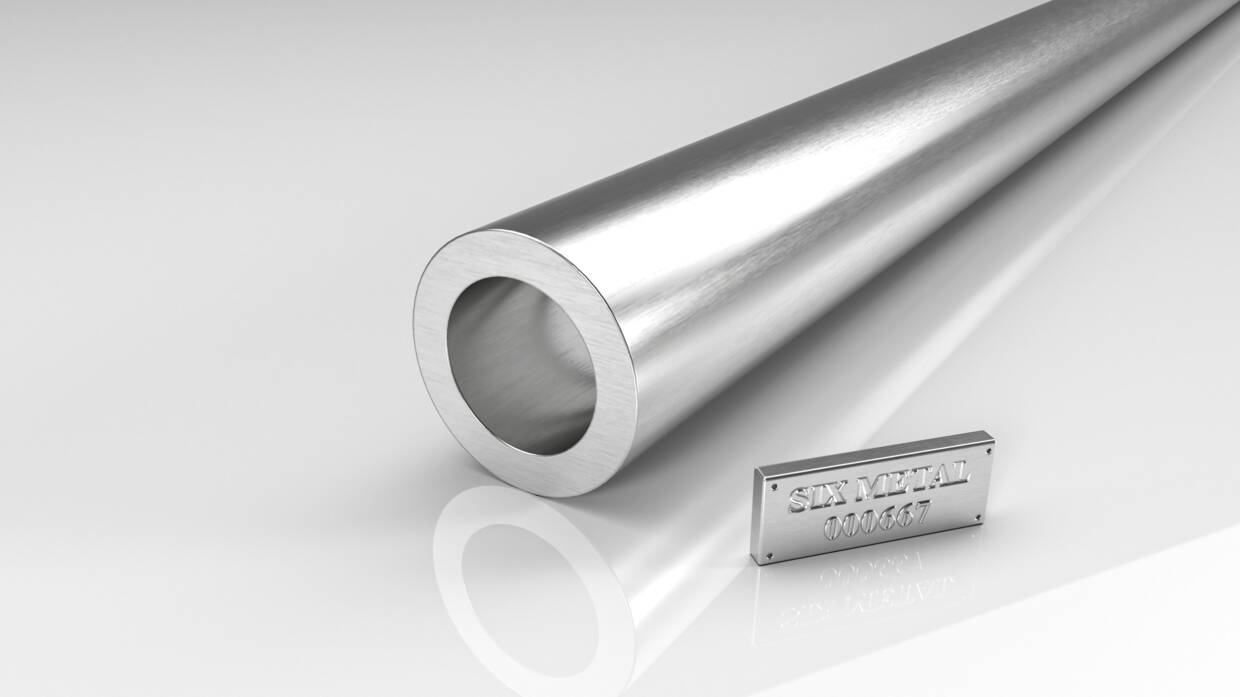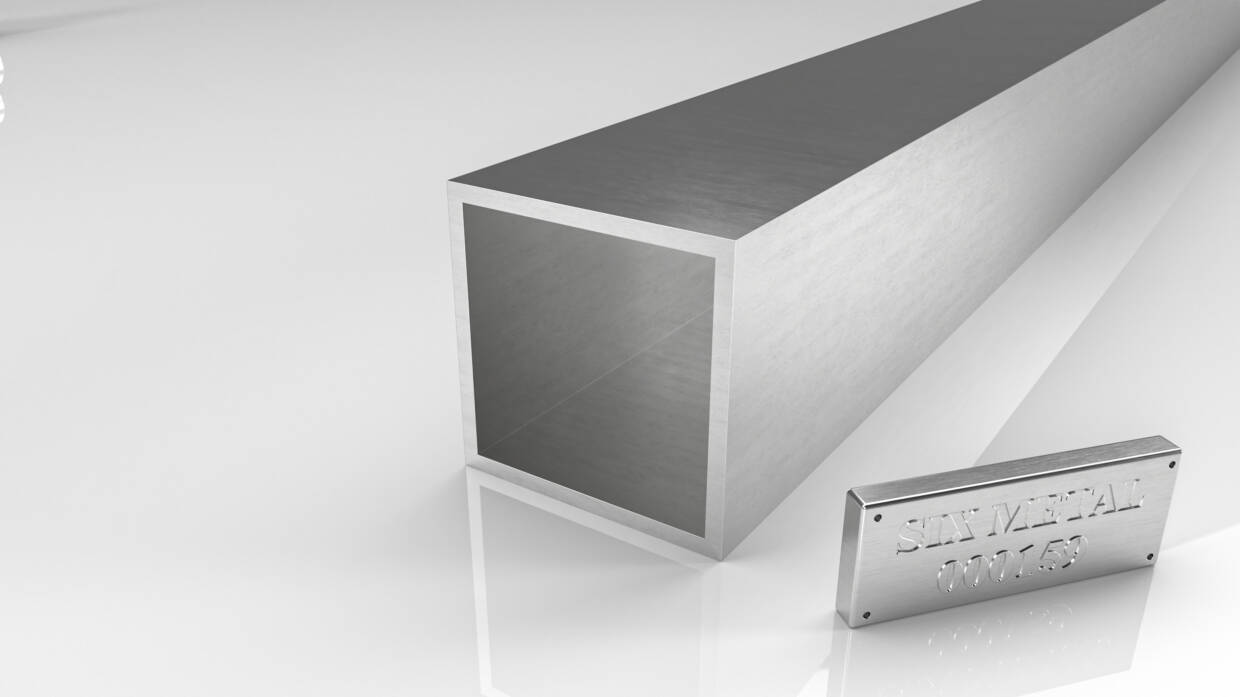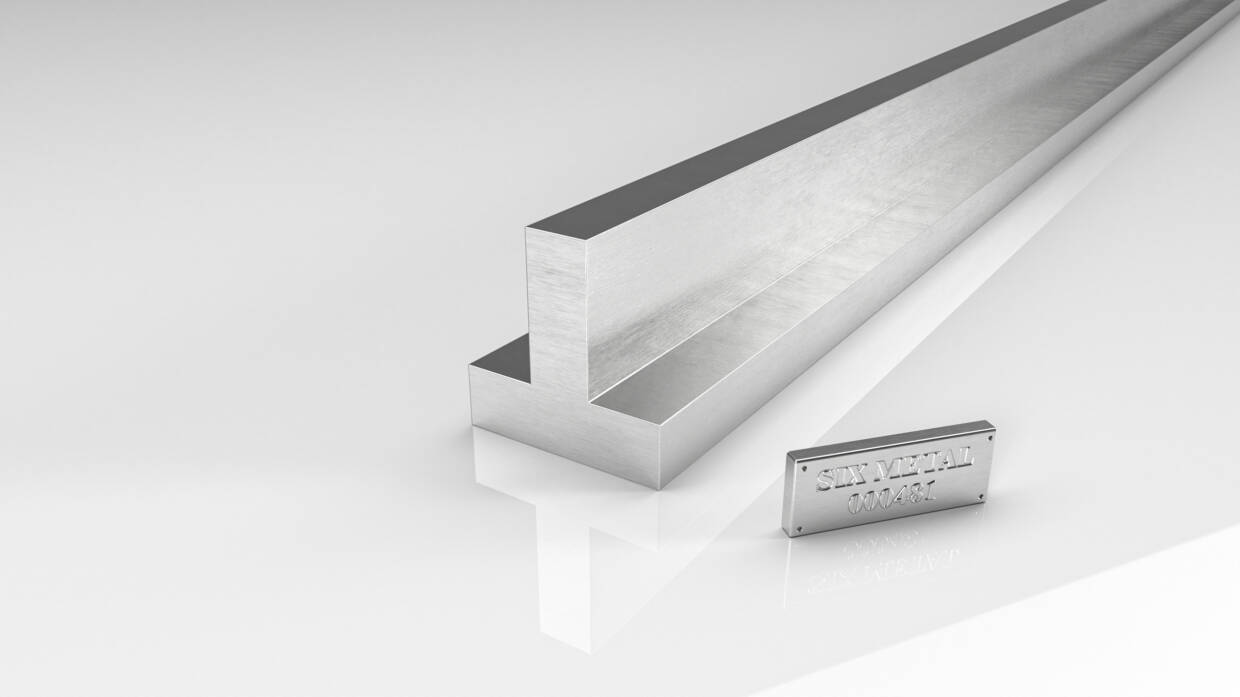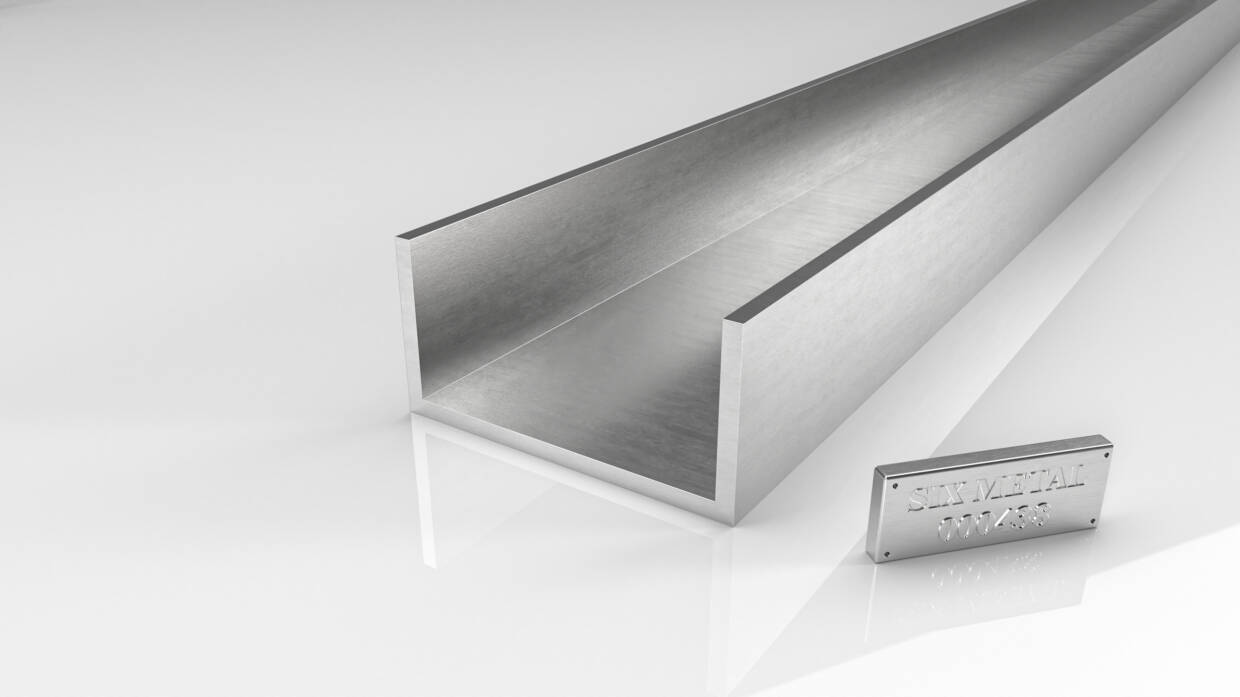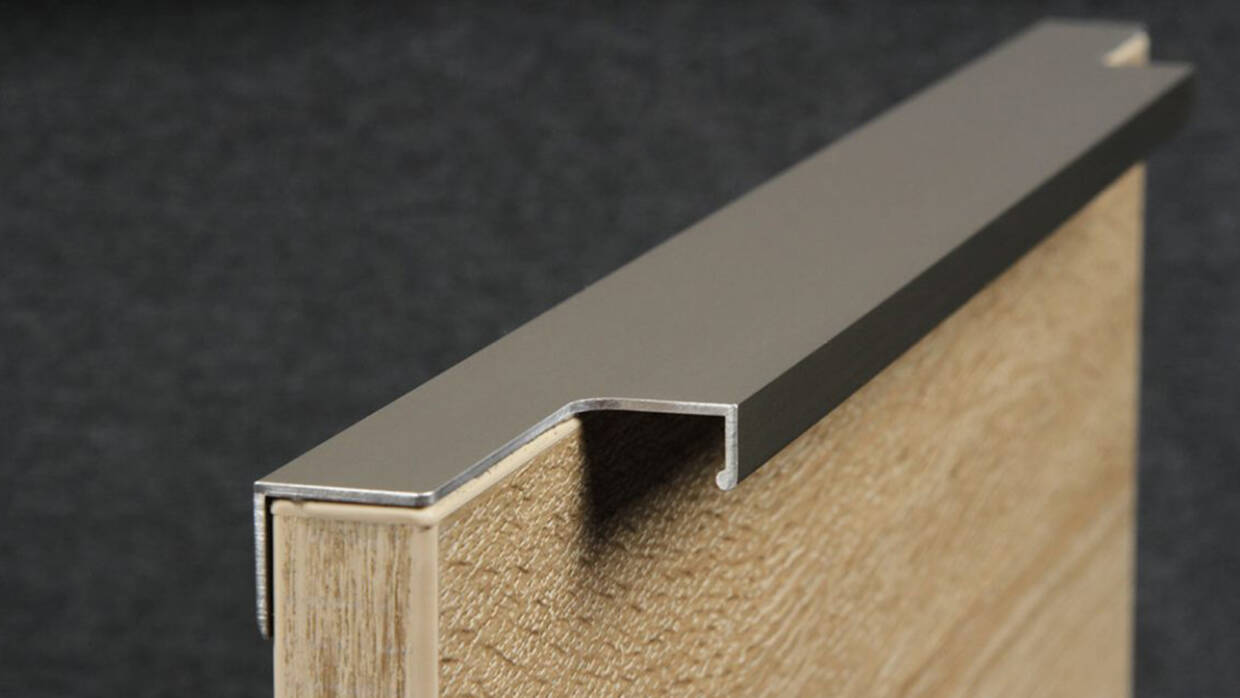
Furniture Profiles
Aluminium is a versatile material that is commonly used in the manufacture of furniture profiles due to its lightweight, durability, and aesthetic appeal. Aluminium furniture profiles are popular in the furniture industry because they offer a range of benefits, such as resistance to corrosion, strength, and the ability to be easily formed into various shapes and sizes.
One of the primary benefits of using aluminium in furniture profiles is its strength and durability. Aluminium is a lightweight but strong material that can withstand high stress and weight. This makes it ideal for use in furniture profiles, where strength and stability are essential. Additionally, aluminium is resistant to rust and corrosion, which makes it ideal for outdoor furniture that is exposed to the elements.
Another benefit of aluminium furniture profiles is that they can be easily formed into various shapes and sizes. This allows furniture designers to create unique and modern designs that can be customized to meet specific requirements. Aluminium furniture profiles can also be finished in a variety of ways, such as anodizing, powder coating, or painting, which provides additional durability and aesthetic appeal.
Aluminium furniture profiles are also lightweight and easy to work with, which makes them ideal for furniture manufacturers. They can be easily cut, drilled, and assembled, which allows for fast and efficient manufacturing processes. Aluminium furniture profiles are also recyclable, which makes them an environmentally friendly choice for furniture manufacturing.
Overall, the use of aluminium in furniture profiles offers a range of benefits, including strength, durability, and aesthetic appeal. Aluminium furniture profiles can be easily customized to meet specific design requirements, and offer a lightweight and high-strength solution that is ideal for a wide range of furniture applications.
Furniture made from aluminum profiles:
Rectangular Frame Profile: This is the most popular profile utilized as the basic structure for furniture pieces. Straight edges and a rectangular cross-section are usual.
Square Tube Profile: Square tube profiles, like rectangular frame profiles, have equal dimensions on all sides, resulting in a square cross-section.
Round Tube shape: With a circular cross-section, this shape is commonly utilized for furniture legs or support systems.
T-Profile: A T-shaped cross-section with a horizontal top section and a vertical stem characterizes T-profiles. They are frequently utilized as edge profiles and decorative accents.
L-Profiles: Feature an L-shaped cross-section and two perpendicular legs. They are used to protect the edges of furniture or reinforce furniture corners.
U-Profile: A U-profile has a cross-section that is U-shaped, with two parallel sides and an open face. They are frequently used as trim profiles or to hide edges.
Handle Profile: These profiles are intended to be used as handles or pulls on furniture doors and drawers. They are available in a variety of shapes, including bar-shaped, recessed, and knob-style designs.
Channel Profile: Channel profiles feature a cross-section that is U-shaped or C-shaped with an open side or groove. They are widely used in furniture to attach components or create sliding movements.
Angle profiles: Feature an L-shaped cross-section and equal or uneven leg lengths. They are used in furniture for corner reinforcement or as structural supports.
Oval Tube Profile: Oval tube profiles have an oval-shaped cross-section, giving them a distinct and modern appearance. They are frequently utilized as furniture legs or decorative features.
For more detailed and accurate information, you can check our catalogue or directly contact us.

